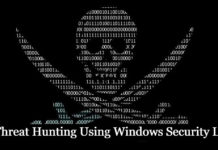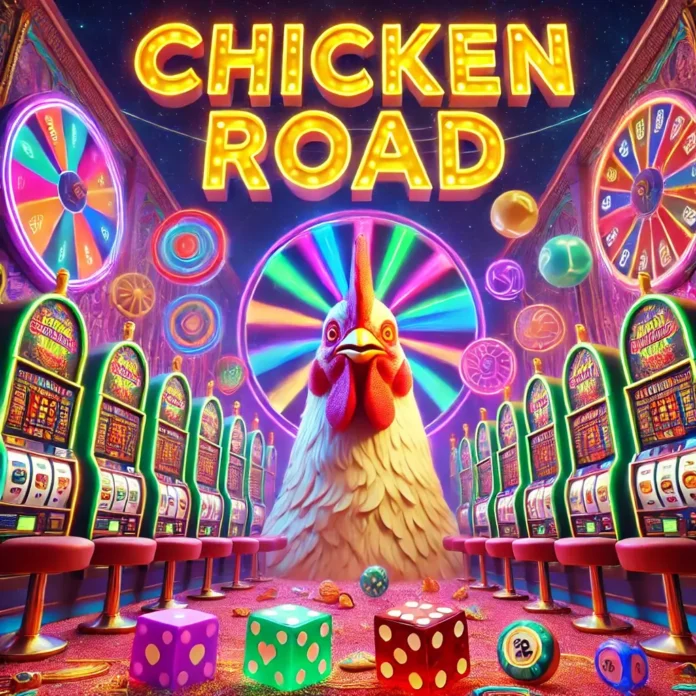Off The Shelf isn’t just another online gaming platform—it’s a destination where strategy meets thrill. Whether you’re just stepping into the world of online games or you’re a risk-loving veteran, the platform offers a curated set of game modes designed to challenge and engage. Each mode—Easy, Medium, Hard, and Hardcore—delivers a distinct tempo, catering to players with different skill levels and risk appetites.
What makes https://offtheshelf.in/ stand out is how clearly it structures these modes, allowing users to make smart, informed choices based on their comfort with challenge and reward. The platform subtly guides players toward understanding how gameplay intensifies from one mode to another, which helps in planning moves and maximizing returns.
Easy mode is often a go-to for casual users who enjoy a calm pace with lower stakes. As players grow more confident, they usually graduate to Medium and Hard, where the tension—and the multipliers—start to rise. Hardcore mode, meanwhile, is for those who thrive on edge-of-the-seat decisions and sky-high risks.
In the following sections, we’ll break down these modes in more detail with a helpful table comparing key features like number of stages, multipliers, risk levels, and tactical tips. This high-level overview is just the beginning—so stay with us as we dive deeper into what makes each mode tick.
How to choose the right bonus: a deep dive into game modes and their dynamics
Understanding the bonus structure within a game is critical, especially when it comes to selecting the right game mode that matches your playing style. On Off The Shelf, each difficulty mode—Easy, Medium, Hard, and Hardcore—carries not only different risk levels but also unique bonus mechanics that affect your potential gains. The right choice can be the difference between a small win and a game-changing payout.
Before diving into any game, it’s essential to understand what you’re walking into. Each mode is tailored with specific multipliers, stage counts, and win probabilities. These factors directly shape the kind of bonuses available, how they’re activated, and what strategy is most effective. Here’s a closer breakdown of the core characteristics that define each mode:
Key attributes of each game mode
- Multiplier potential: each mode offers different max multipliers, ranging from modest x1.3 in Easy to massive x100+ in Hardcore
- Speed of gameplay: the faster the mode, the less time you have to decide—Easy is relaxed and paced, Hardcore moves instantly
- Risk level: the chance of failure rises with each mode; Easy is beginner-friendly, while Hardcore often feels like a coin toss
- Stage count: game length differs—Easy may have just a few stages, Medium and Hard stretch further, and Hardcore can contain over 10 decision points
- Payout consistency: frequent smaller wins occur in Easy/Medium, but Hard and Hardcore lean toward rare but massive payoffs
- Bonus triggers: some modes have milestone-based bonuses, like crossing certain stage thresholds; others reward only on full clears
- Strategy depth: Easy requires little planning, but Medium and above benefit from route calculation, risk management, and timing
- Accessibility: new users are typically restricted from Hardcore until they’ve shown proficiency in lower tiers
These distinctions aren’t just for flavor—they directly impact your success and how each bonus unfolds during gameplay. For example, a player seeking steady gains may find the Medium mode ideal, where decent multipliers meet moderate risk. Meanwhile, thrill-seekers chasing life-changing bonuses gravitate toward Hardcore, fully aware that it’s a high-stakes gamble.
Making informed decisions means studying these characteristics and aligning them with your personal gaming goals. Don’t chase a large multiplier if you aren’t comfortable with the speed or risk involved. Bonuses may seem tempting, but only when matched with the right game mode do they become truly valuable.
Matching your style: comparing game modes and choosing the best fit

One of the most effective ways to improve your results on Off The Shelf is to understand which game mode fits your risk tolerance and playstyle. Many players jump straight into the most intense levels without realizing that each mode is designed with specific mechanics, timing, and strategies in mind. Whether you’re just starting out or aiming to refine your tactics, comparing modes side by side is the smartest first step.
This platform encourages informed choices by making its difficulty levels transparent and structured. Below is a detailed comparison of the four core game modes—Easy, Medium, Hard, and Hardcore. It includes key data like multipliers, gameplay speed, and risk level, followed by practical tips to help you select the one that works best for you.
| Mode | Stages | Multiplier Range | Risk Level | Game Speed | Bonus Activation | Recommended For |
| Easy | 3–4 | x1.1 to x1.5 | Low | Slow | Early-stage progression | Beginners, cautious players |
| Medium | 5–6 | x1.4 to x3.0 | Moderate | Moderate | Milestone-based | Balanced risk/reward seekers |
| Hard | 7–8 | x2.5 to x10 | High | Fast | Late-stage or full clear | Experienced players with solid strategy |
| Hardcore | 9–12 | x5 to x100+ | Very High | Very Fast | Full clear only | High-risk takers, expert-level players |
Players looking for a more relaxed experience will likely gravitate toward Easy or Medium, where timing is forgiving and bonuses are easier to trigger. These modes are ideal for learning the mechanics and gaining confidence. Medium, in particular, offers a good balance for those ready to start experimenting with risk but still want a buffer.
If you’re seeking adrenaline and don’t mind volatility, Hard and Hardcore deliver intense gameplay and massive reward potential—but only if approached with skill and discipline. Choosing the right mode isn’t just about ambition—it’s about aligning your mindset with the game’s pace, pressure, and payoff structure. Taking time to understand each mode’s mechanics will lead to smarter decisions and, ultimately, greater success.
Why game mode selection matters more than you think
Too often, players underestimate the impact that game mode selection has on their overall performance. It’s not just about difficulty—it’s about mindset, pacing, and reward alignment. On platforms like Off The Shelf, every mode is crafted with purpose: some are meant to teach patience, others to reward calculated aggression.
Choosing blindly or based solely on potential payouts can quickly lead to frustration or losses. Instead, successful players treat each mode as its own environment—one where specific strategies thrive, and others fail. Understanding the subtle mechanics, such as how quickly stages accelerate or when bonuses are likely to activate, can drastically improve your results over time.
Final thoughts: smart play begins with smart choices
As we’ve explored, Off The Shelf offers far more than a typical online game—it’s a structured, layered experience that rewards not just luck, but informed decision-making. The presence of distinct game modes like Easy, Medium, Hard, and Hardcore allows players to grow at their own pace, gradually moving toward more complex strategies and higher rewards.
Understanding the relationship between multipliers, risk levels, and bonus triggers is key to long-term success. It’s not enough to play—it’s crucial to play with intention. Whether you’re looking for small, steady gains or aiming for the adrenaline of Hardcore stakes, knowing what each mode entails will protect you from blind risks and help you make smarter, more rewarding moves.
Off The Shelf equips its users with transparency and variety, making it easy to experiment while still remaining in control. The platform’s structure is designed to guide growth, not rush it—encouraging exploration while giving players the tools to calculate and adapt their strategies.
In the end, the best outcomes come not from impulse but from knowledge. When you take the time to study the modes, weigh the bonuses, and align your choices with your own comfort level, you don’t just improve your odds—you become a better, more confident player.



































